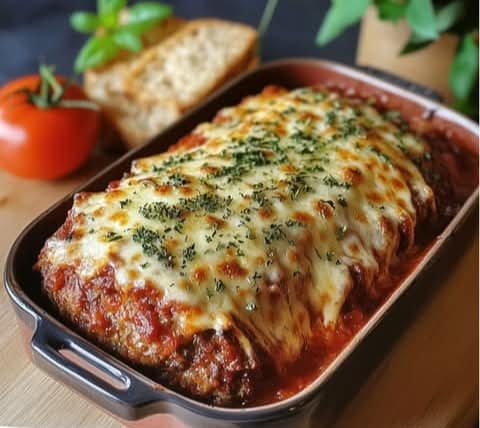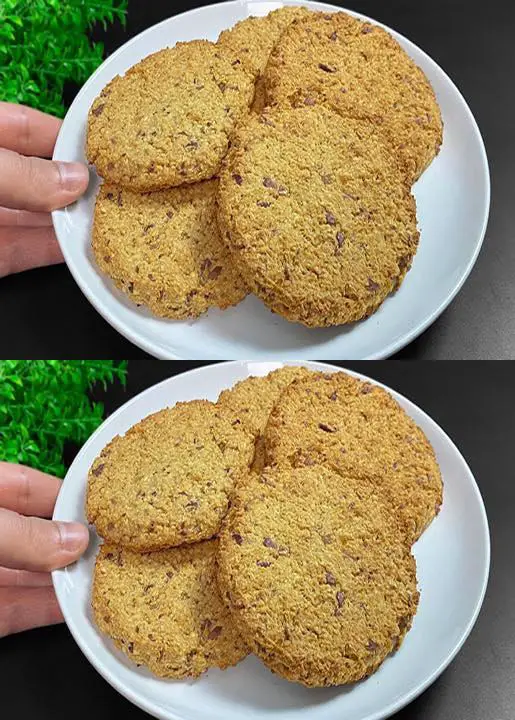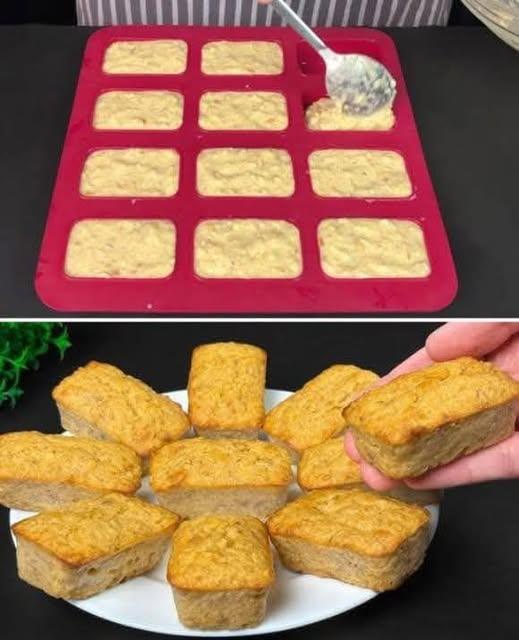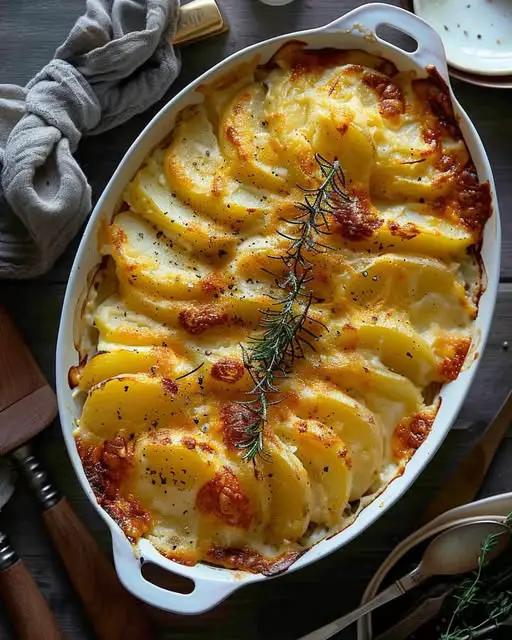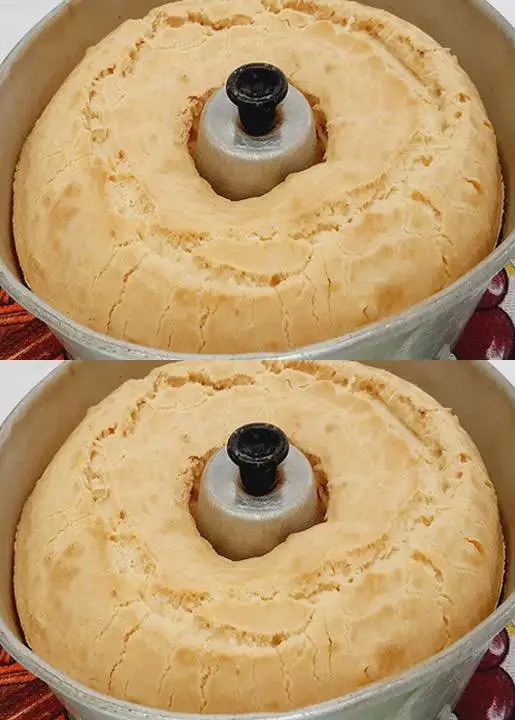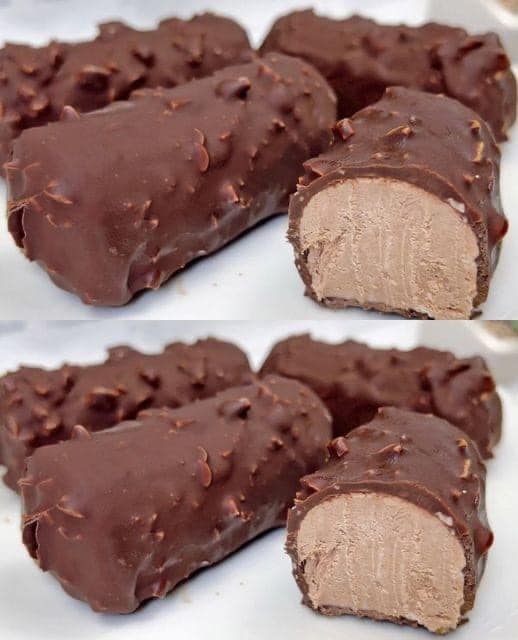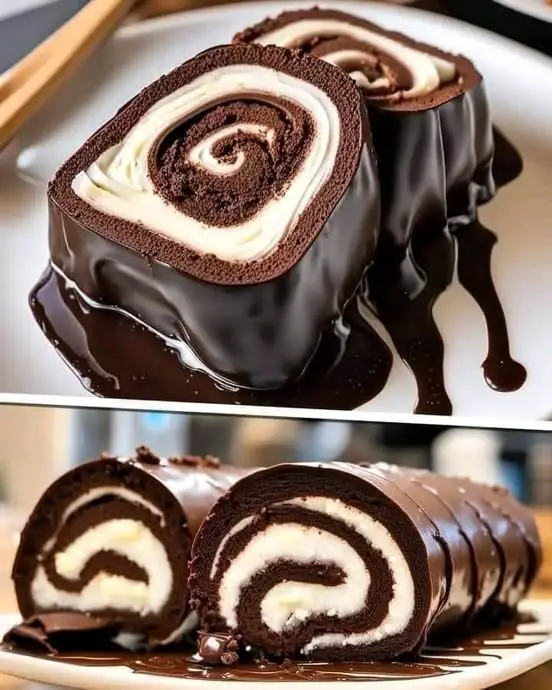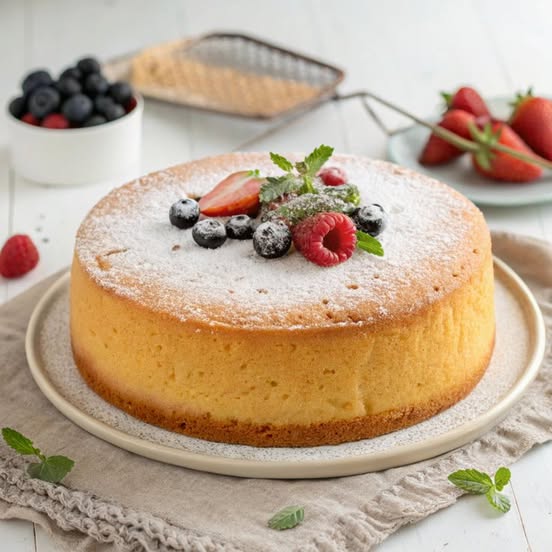Crispy Parmesan Roasted Potatoes
Ingredients: 1 kg (2.2 lbs) baby potatoes or fingerling potatoes, halved lengthwise 3 tbsp olive oil (or melted butter) 1/2 cup grated Parmesan cheese 2 cloves garlic, minced (optional for extra flavor) 1 tsp paprika (smoked or sweet) 1 tsp dried Italian herbs or thyme/rosemary Salt and freshly ground black pepper, to taste 2 tbsp … Read more



